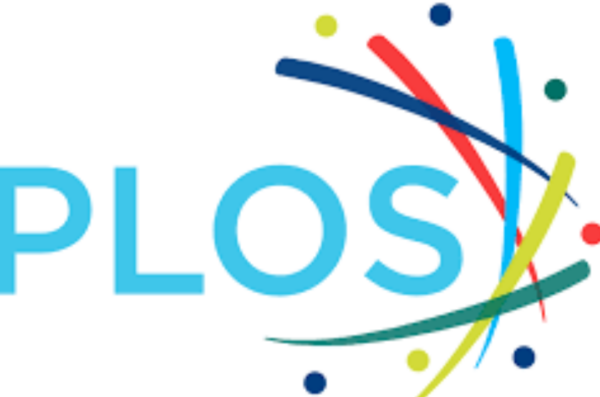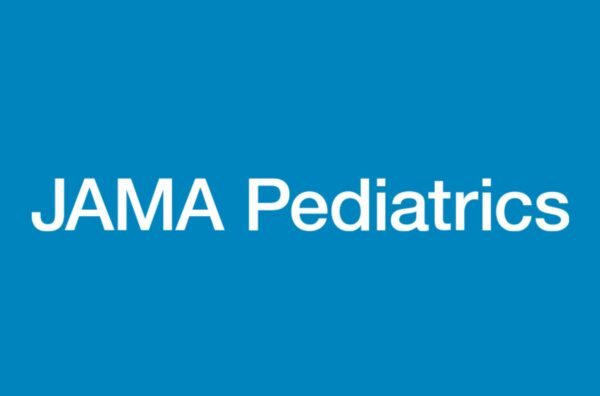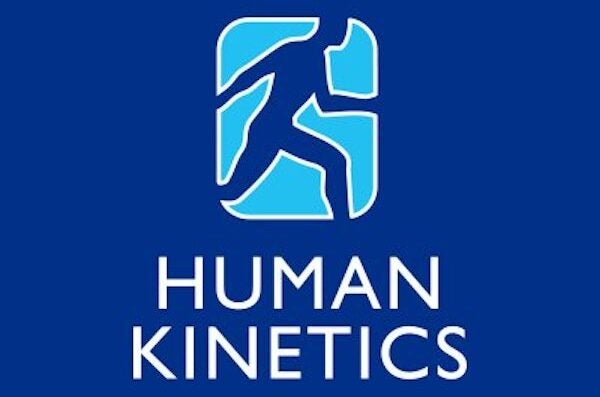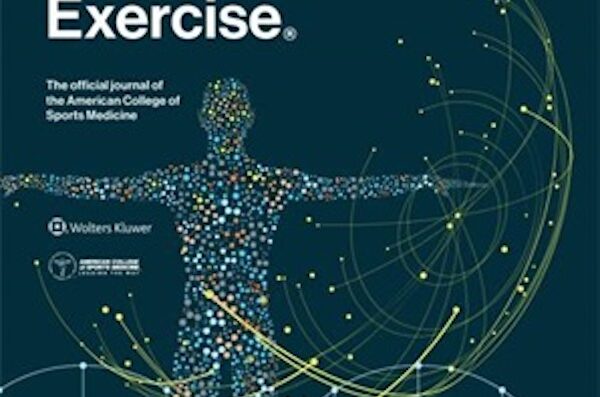Projects Heading link
Current projects
BUILT: an online family lifestyle program to improve child focus and attention
Be Unstoppable in Life Together (BUILT) is an eight-week, online family lifestyle program that helps families adopt sleep, food and exercise routines to maximize child focus, attention and brain development. Research questions include: (1) What supports do families need to adopt and sustain healthy home routines? (2) What are the impacts of sleep, food and exercise routines on child focus, attention and behavior?
Learn more about BUILT or email healthykidslab@uic.edu.
Understanding sedentary time disparities among youth in the United States
Understanding sedentary time disparities among youth in the United States
This study evaluates sociodemographic sedentary time differences among youth in the United States using accelerometry (devices that detect movement behaviors).
We were interested in the periods of the day (before school, during school, after school and evenings) when sedentary time disparities occur between children and adolescents. We know that adolescents are much more sedentary than children. Knowing when these disparities occur would be helpful in addressing this disparity (for example, with teen after-school programming).
Similar questions apply to sex and race/ethnicity disparities in sedentary time. We seek to answer these and related questions through analyses of the nationally representative National Health and Nutrition Examination Survey, along with semi-structured interviews with adolescent females and ecological momentary assessment.
To learn more about this study, email healthykidslab@uic.edu.
Results from this study were published in BMC Public Health.
Childhood physical activity experiences as predictors of adult health and health behavior
For decades, substantial resources have been invested to make children physically active, in hopes that they will grow into physically active adults. However, we have little data that tracks individuals over decades to identify which youth physical activity experiences are predictive of future health and physical activity.
This could be valuable knowledge. For example, if relationships with youth sport coaches during childhood are an important predictor of adult physical activity and health, this would be good reason to invest more in sport coach training and support.
We seek to understand more about these relationships using data from a birth-to-age-26 cohort study, the Study of Early Child Care and Youth Development. A cohort study follows individuals for long periods of time. We are specifically looking at several potential determinants of future health and physical activity: the influences of parents, coaches and peers; sport program and physical education participation; and youth enjoyment of physical activity.
To learn more about this study, email healthykidslab@uic.edu.
Y Yoga Works: An Experimental Investigation of the effects of Acute Yoga on Anxiety, Affect, & Cognition
The goal of this research is to determine what components of an integrated yoga practice that influence anxiety, cognition, and affect. Anxiety disorders are the most common class of mental disorders, affecting about 1 in 5 adults in the U.S. (Kessler et al., 2005). Additionally, females are significantly more likely than males to develop an anxiety disorder throughout the lifespan (Bruce et al., 2005). Yoga in general has been shown to have a substantial number of benefits on mental health and cognition. However, there is little to no research on what parts of yoga are working to achieve positive effects. In this study we will explore the three main components of a yoga practice (postures, breathwork, and meditation) and their combined and individual effects on an individual’s anxiety, cognition, and anxiety.
To learn more about this study, email healthykidslab@uic.edu.
EMBRACE
Project Play: A Pilot Randomized Controlled Trial of the Effect of an Exercise Program on Inattention, Hyperactivity/Impulsivity, and Oppositional Defiance
Project Play: a pilot randomized controlled trial of the effect of an exercise program on inattention, hyperactivity/impulsivity and oppositional defiance
Project Play compared the effects of a 10-week, after-school exercise program to a comparable but sedentary arts and crafts after-school program.
The research looked at child inattention, hyperactivity/impulsivity, oppositional defiance and academic performance. The study found that children in both groups greatly improved their behavior and cognition, but there were relatively few differences between groups.
We believe our findings underscore the importance of contextual features of quality youth programs broadly for promoting child mental health, whether active or sedentary. The positive benefits observed for cognition and child behavior did not extend to academic performance; there was little change in reading scores, math scores and classroom engagement.
Results from this study were published in Medicine and Science in Sports and Exercise and Pediatric Exercise Science.
To learn more, email healthykidslab@uic.edu.
Leaders @ Play for Chicago’s Youth: Professional Development Towards Youth Employment
Leaders @ Play for Chicago’s youth: professional development towards youth employment
Leaders @ Play connects youth to parks through middle and high school by training them to participate in park programming as junior counselors. The project uses physical activity to train at-risk youth in a set of early job skills called “the triangle” (effective communication, emotion regulation and problem solving).
An initial version of Leaders @ Play showed promise for improving social skills and reducing problem behaviors (Administration and Policy in Mental Health and Mental Health Services Research). A manuscript is in preparation that reports findings from a subsequent iteration of the program, Leaders @ Play 2.0, which enrolled 84 youth in Chicago.
An adaptation of the program (Fit 2 Lead) was recently launched with more than 500 at-risk youth in Miami, Florida. Researchers found that neighborhoods that adopted Fit 2 Lead showed lower teen arrest rates than comparable neighborhoods that did not adopt the program (American Journal of Public Health and JAMA Network Open).
To learn more about this study, email healthykidslab@uic.edu.
Meta-analysis on the effects of physical activity programs on child focus, attention and hyperactivity/impulsivity
Meta-analysis on the effects of physical activity programs on child focus, attention and hyperactivity/impulsivity
A meta-analysis is a research study that combines all the data in a scientific area into one database. Analyzing the pooled data can answer lots of interesting questions. This meta-analysis, which is about twice the size of previously published meta-analyses on this topic, includes more than 800 children from 16 randomized controlled trial and quasi-experimental design studies. We hoped to answer three questions:
(1) What is the effect of multi-week physical activity programs on symptoms of attention-deficit hyperactivity/impulsivity disorder and Oppositional Defiant Disorder?
(2) Do the results vary based upon whether physical activity programs are compared to active vs. passive comparison groups?
(3) Do the results vary based upon whether physical activity programs are offered as stand-alone programs or as adjunct to existing frontline treatments?
To learn more about this study, email healthykidslab@uic.edu.
Results from this study were published in Psychology of Sports Exercise.
The convergent effects of primary school physical activity, sleep, and recreational screen time on cognition and academic performance in grade 9
The convergent effects of primary school physical activity, sleep, and recreational screen time on cognition and academic performance in grade 9
Lab-based experiments and randomized controlled trials consistently demonstrate improvements in youth cognition following physical activity (PA), while cross-sectional studies suggest that sedentary behavior (especially recreational screen time [RST]) and poor sleep are inversely related to cognition. However, little is known about how these 24-h movement behaviors—sleep, PA, and sedentary behavior—converge to affect youth cognition. Therefore, the purpose of this study was to test the associations between childhood 24-h movement behaviors and adolescent cognition using a longitudinal design and examine moderating effects of each behavior.
This study utilized structural equation modeling with data from the NICHD Study of Early Child Care and Youth Development (N = 1,364, 52% female, 80% White). Independent variables—sleep, RST, and PA—were collected in grade 5. Dependent variables of cognitive and academic performance were collected at grade 9, including the Stroop task, Woodcock-Johnson, and Tower of London.
To learn more about this study, email healthykidslab@uic.edu.
Results from this study were published in Frontiers in Human Neuroscience.
Selected publications Heading link
1

BAILAMOS™ with mHealth Technology! Improving Physical Activity and Well-being in Middle-aged and Older Latinxs: a Pre-post Feasibility Study
2

Enjoyment of Physical Activity—Not MVPA During Physical Education—Predicts Future MVPA Participation and Sport Self-concept
3

The Effects of the BAILAMOSTM Dance Program on Physical Activity Levels and Cognition of Older Latino Adults: a Pilot Randomized Controlled Study
5

Association of Physical Activity Levels and Brain White Matter in Older Latino Adults
6

The S.P.A.C.E Hypothesis: Physical Activity as Medium—Not Medicine—for Public Health Impact
7

Feasibility of a Latin Dance Program with mHealth for Middle-aged and Older Latinxs (BAILA TECH)
8

The Impact of the BAILAMOS™ Dance Program on Brain Functional Connectivity and Cognition in Older Latino Adults: a Pilot Study
9

School Facility Utilization, Physical Activity, and Sedentary Time Among Children in Puerto Rico
10

After-school Programs and Children’s Mental Health: Organizational Social Context, Program Quality, and Children’s Social Behavior
11

Exercise and Academic Performance Among Children with ADHD and Disruptive Behavior Disorders: a Randomized Controlled Trial
12

The American College of Sports Medicine (ACSM) Leadership and Diversity Training Program (LDTP): Harnessing Mentorship to Diversify Organizational Leadership
13

Actividad física y TDAH: evidencia sobre el desarrollo, efectos neurocognitivos a corto y largo plazo y sus aplicaciones
14

Physical Activity and ADHD: Evidence on Developmental Trajectories, Transient and Durable Neurocognitive Effects, and Real-world Applications
15

Exercise Effects on Quality of Life, Mood, and Self-worth in Overweight Children: the SMART Randomized Controlled Trial
17

A Qualitative Exploration of Factors Associated with Walking and Physical Activity in Community-dwelling Older Latino Adults
18

Physical Activity Interventions for Neurocognitive and Academic Performance in Overweight and Obese Youth: a Systematic Review
19

BAILAMOS©: Development, Pilot Testing, and Future Directions of a Latin Dance Program for Older Latinos
20

Independent Associations of Organized Physical Activity and Weight Status with Children’s Cognitive Functioning: a Matched-pairs Design
21

The Convergent Effects of Primary School Physical Activity, Sleep, and Recreational Screen Time on Cognition and Academic Performance in Grade 9.
22

Developmental Disparities in Sedentary Time by Period of the Day among US Youth: A Cross-Sectional Study
23

Diverse Multi-Week Physical Activity Programs Reduce ADHD Symptoms: A Systematic Review and Meta-Analysis
24

Exercise is Medicine for Underserved and Vulnerable Populations: Factors Influencing Implementation
25

Device-Based Movement Behaviors, Executive Function, and Academic Skills among African American Children with ADHD and Disruptive Behavior Disorders.
26

Supporting Physical Activity in Patients and Populations During Life Events and Transitions: A Scientific Statement From the American Heart Association
28

Sociodemographic disparities in sedentary time among US youth vary by period of the day
30

Childhood predictors of high school sport participation and effects of participation on young adult activity and mental health




